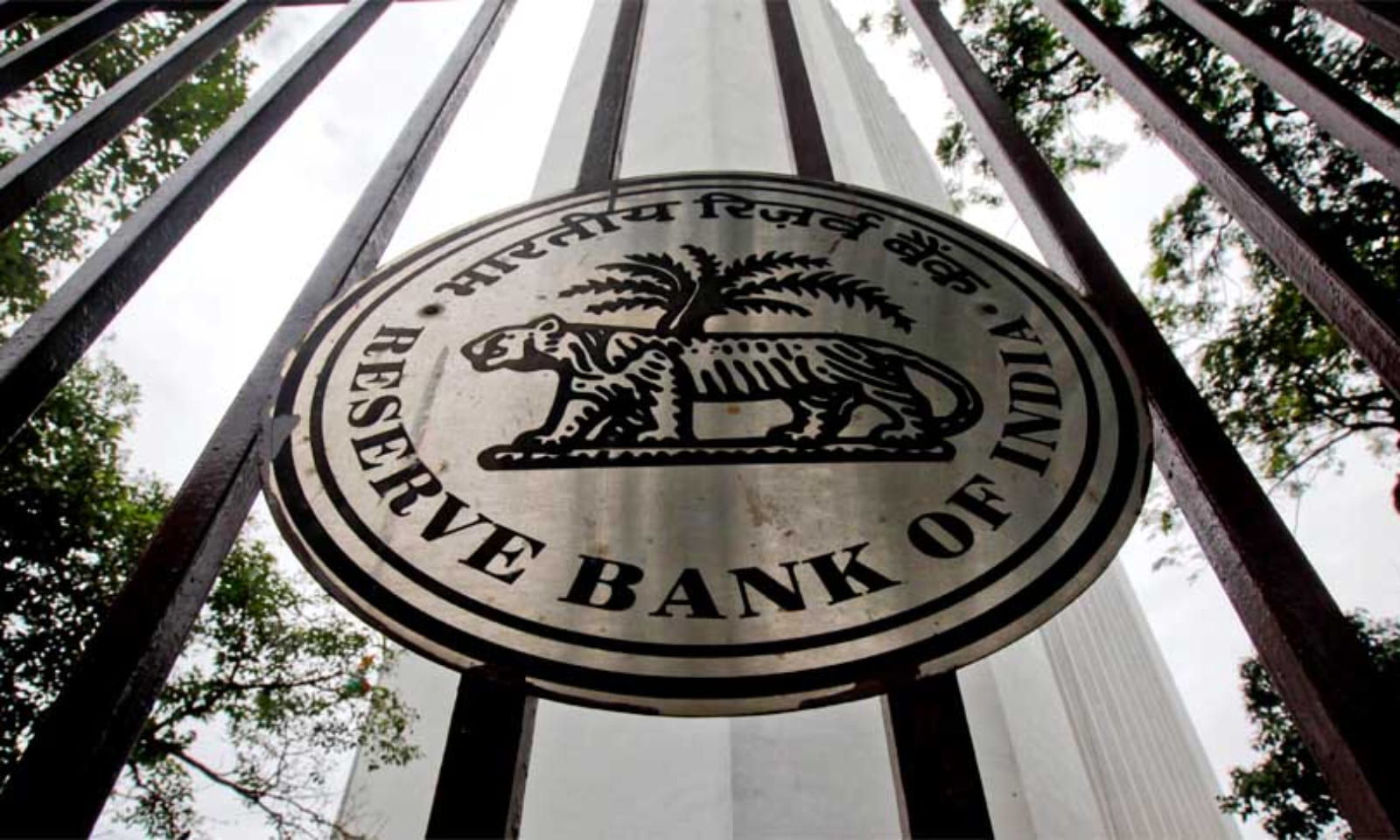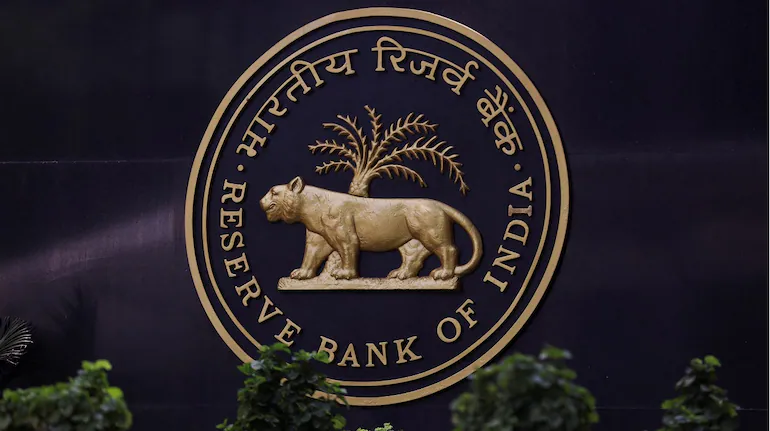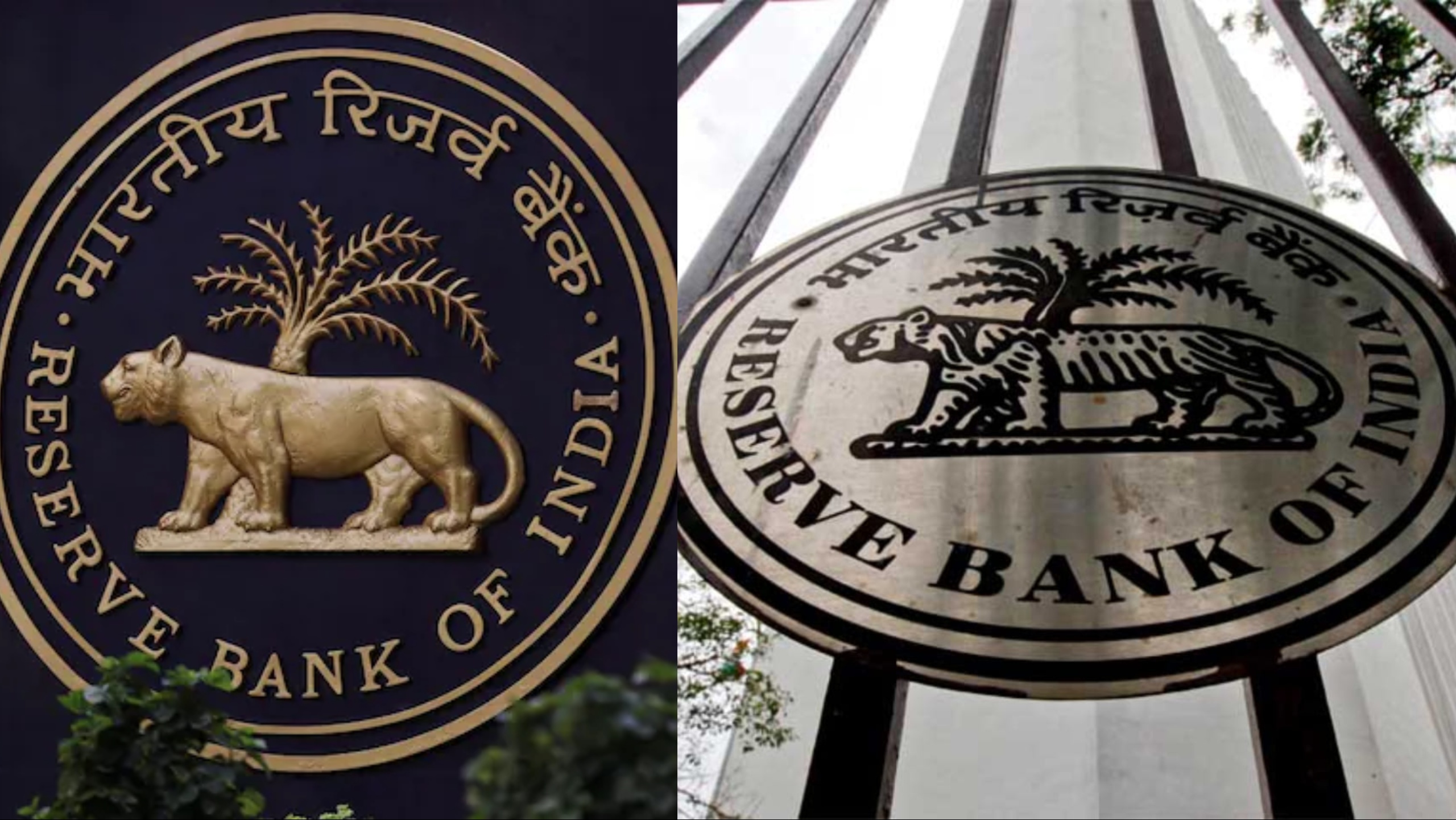According to the most recent survey, the Reserve Bank of India is expected to hold off on decreasing interest rates until the latter quarter of the year. Growing concerns about inflation and the sustained monetary policy stance of the US Federal Reserve drive this decision.

The Reserve Bank of India (RBI) may start lowering its benchmark repurchase rate, which is currently 6.5%, by a total of 50 basis points between October and December, according to the monthly poll, following which it may take a short hiatus. In the last poll, economists had predicted a downturn in the July–September quarter. The robust growth-inflation dynamics in India make “the global and geopolitical developments remain key to track,” according to RBL Bank Ltd. economist Achala Jethmalani. “The domestic rate scenarios could also be affected by the monetary policy shift in developed economies, especially the US Federal Reserve.”
The RBI has held interest rates steady for seven meetings running because Governor Shaktikanta Das has made it plain that he is hesitant to drop them until inflation hits the central bank’s goal of 4%. The abnormally hot summer may cause food costs to increase, yet in March, inflation fell below 5%.
Most analysts believe the RBI would not lower rates before the Fed changes, which may not occur until later this year or even in 2024. Central bankers in India and other emerging markets would be reluctant to further weaken their currencies by cutting interest rates. Morgan Stanley projected last month that most Asian central banks will hold off on lowering rates, and that India’s central bank will probably not be easing monetary policy this year.
Revised Projections Hint at Later Rate Cut Timing
The robust growth-inflation dynamics in India make “the global and geopolitical developments remain key to track,” according to RBL Bank Ltd. economist Achala Jethmalani. The domestic rate scenarios could also be affected by the monetary policy shift in developed economies, especially the US Federal Reserve. The RBI has kept rates unchanged for seven meetings in a row because Governor Shaktikanta Das has made it plain that he is hesitant to decrease them until inflation hits the central bank’s goal of 4%. A very hot summer might cause food costs to increase even if inflation fell to less than 5% in March.
According to the poll, analysts have somewhat reduced their quarterly inflation forecasts for December. The survey findings showed that the whole fiscal year forecast stayed at 4.5%. The RBI is unlikely to lower rates before the Fed changes, which may not occur until later this year or perhaps in 2024, according to most economists. Central banks of India and other emerging markets would be reluctant to further weaken their currencies by cutting interest rates. Morgan Stanley projected last month that most Asian central banks would hold off on lowering rates and that India’s central bank would probably not be easing monetary policy this year.

Analysts Speculate on RBI’s Approach Amid Changing Economic Landscape
Indian rate cuts might not come until the following fiscal year, which starts in April 2025, suggests DBS Group Holdings Ltd. analyst Radhika Rao. According to a note she issued this week, the RBI is expected to keep an extended pause in the fiscal year 2024–25, considering “near-term inflation risks, strong growth and a delay in US rate cut expectations.” The experts polled by the reports slightly raised their first-quarter 2019 growth estimate from 6.1% to 6.3%. Their projection for the economy during the whole fiscal year ending in March is up from 6.6% to 6.7% from the previous month. Currency strategy specialist Shaun Lim of Malayan Banking Bhd stated, “RBI should not be in a hurry to cut rates and has no need to hike rates further.” “Relatively low inflation and strong economic performance.”
The RBI’s cautious approach is supported by analysts’ contention that India’s economic fundamentals are still robust. Notwithstanding concerns about inflation, economists have somewhat increased their growth forecasts for the fiscal year and the quarter ending in March. India’s economic prospects are shown by this adjustment, which reflects a tempered optimism about the country’s future with significant industries exhibiting indications of progress and robust domestic demand.
In view of these results, currency strategist Shaun Lim of Malayan Banking Bhd advises caution and emphasizes the significance of maintaining stable monetary policy. Lim contends that despite continuous calls for rate reductions, the RBI’s current position is compatible with India’s general economic trajectory, which is characterized by steady growth and manageable inflation.



